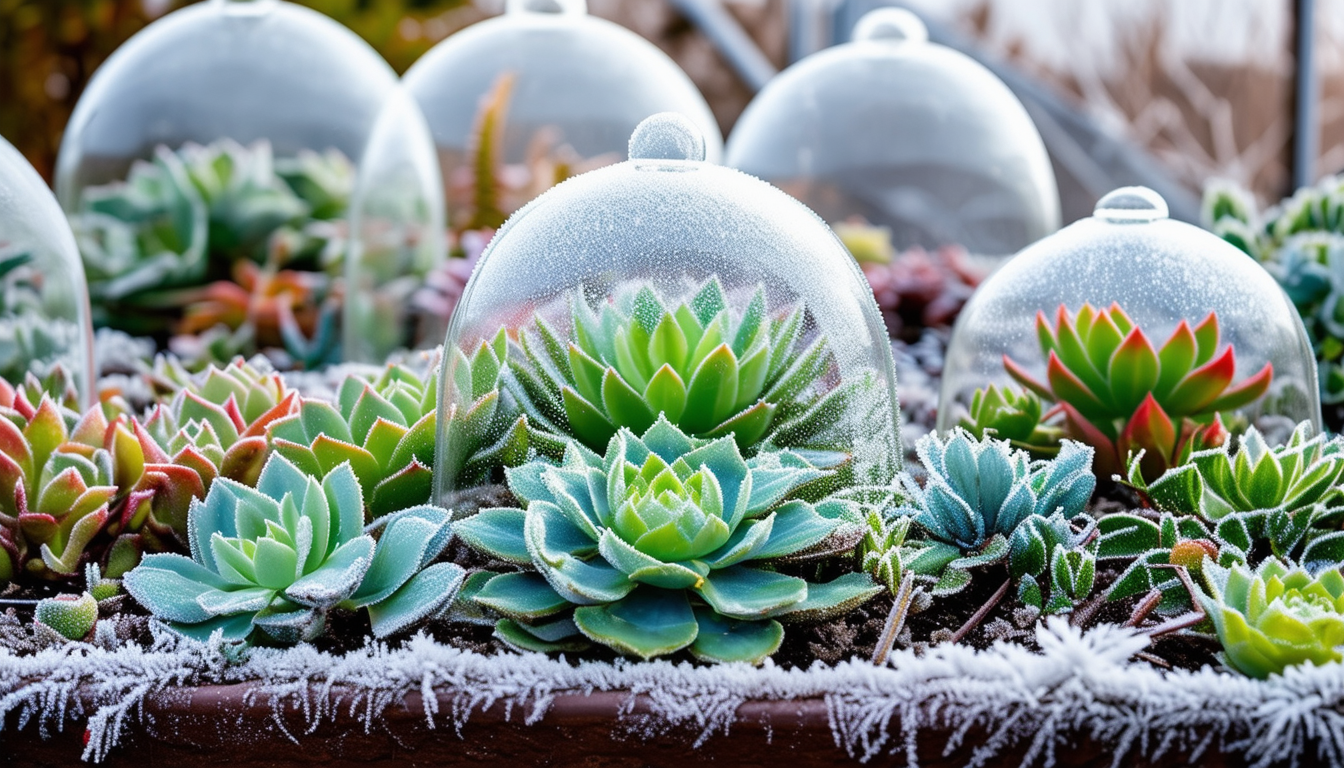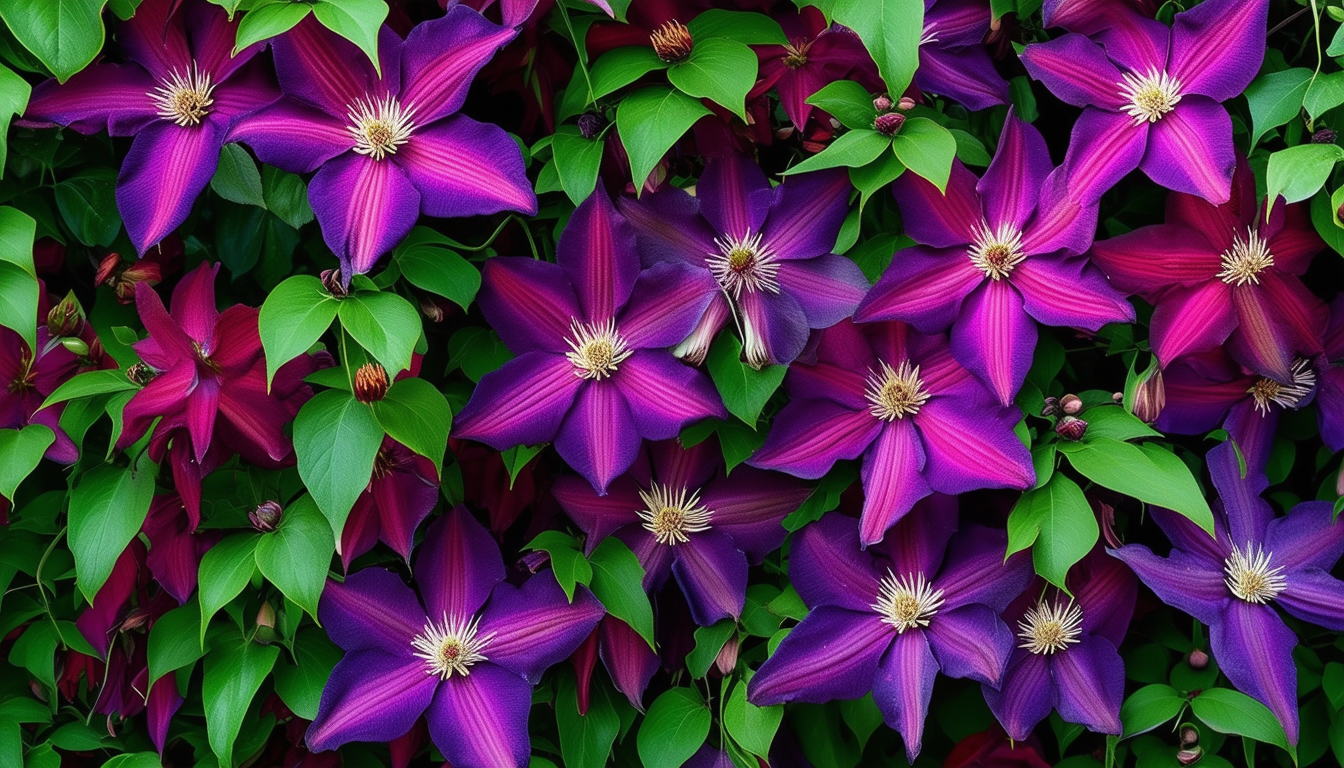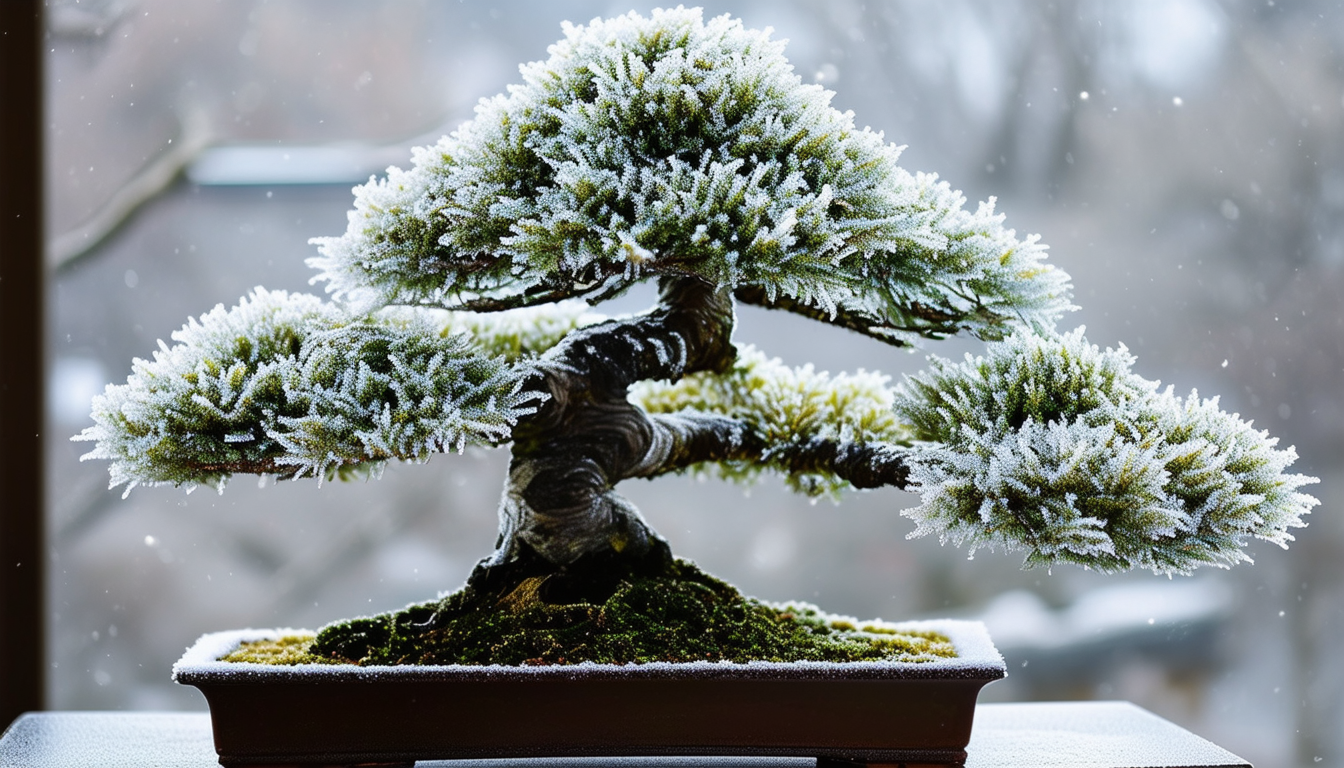
Shield your outdoor succulents from harsh winter frost with the effective use of cloches or frost blankets, ensuring their survival and vitality.
Understanding the Risks: How Frost Affects Succulents
Frost can severely damage or even kill succulents, which are typically adapted to warmer, arid environments. When temperatures drop below freezing, the water stored in succulent leaves can freeze, causing the cells to rupture. This damage is often irreversible and can lead to the death of the plant.
In addition to direct damage from freezing, frost can also cause dehydration. The cold temperatures slow down the plant's metabolic processes, making it difficult for the succulent to absorb water and nutrients from the soil. This can further stress the plant and compromise its health.
Choosing the Right Protection: Cloches vs. Frost Blankets
Cloches and frost blankets are two effective methods for protecting succulents from frost. Cloches, which are dome-shaped coverings, create a mini greenhouse effect by trapping heat and maintaining a slightly warmer microenvironment around the plant. They are ideal for individual plants or small groups of succulents.
Frost blankets, on the other hand, are made from lightweight, breathable fabric that can be draped over larger areas. They provide a barrier against frost while still allowing air and moisture to reach the plants. Frost blankets are especially useful for covering multiple plants or an entire succulent garden.
Step-by-Step Guide to Using Cloches for Succulent Protection
1. Choose a cloche that is large enough to cover your succulent without touching its leaves. This will prevent any potential damage from condensation forming inside the cloche.
2. Place the cloche over the succulent before nightfall, as temperatures often drop significantly after sunset.
3. Ensure that the edges of the cloche are securely anchored to the ground to prevent cold air from seeping in.
4. Remove the cloche during the day when temperatures rise above freezing to allow for air circulation and to prevent overheating.
How to Effectively Use Frost Blankets to Safeguard Your Plants
1. Select a frost blanket that is large enough to cover all the succulents you want to protect, ensuring it extends to the ground.
2. Drape the frost blanket over the plants before the frost is expected, making sure it covers the plants completely.
3. Secure the edges of the frost blanket with rocks, stakes, or heavy objects to keep it in place and to prevent cold air from getting under the blanket.
4. Leave the frost blanket in place overnight and remove it during the day to allow the plants to receive sunlight and air.
Additional Tips to Keep Your Succulents Safe During Winter
1. Water your succulents sparingly during the winter months, as excess moisture can freeze and damage the roots.
2. Consider moving potted succulents to a sheltered location, such as a porch or greenhouse, during extreme cold spells.
3. Mulch around the base of outdoor succulents to provide additional insulation and protect the roots from freezing temperatures.
4. Monitor weather forecasts regularly to stay ahead of any sudden temperature drops and take action to protect your succulents as needed.
FAQ
How to protect outdoor succulents from frost? Use cloches or frost blankets to cover and insulate the plants.
Do cloches protect from frost? Yes, cloches trap heat and create a warmer microenvironment around the plant.
What is the best material to cover plants from frost? Frost blankets made from breathable fabric are highly effective.
What is the best cover for succulents? Both cloches and frost blankets work well, depending on the number of plants and the area to be covered.
Should I cover my outdoor succulents? Yes, covering them can prevent frost damage.
Can succulents survive a freeze overnight? Some may survive, but many are susceptible to frost damage, so protection is recommended.
Will a blanket protect from frost? Yes, a frost blanket can provide adequate protection.
What can I use instead of a cloche? Frost blankets or even old sheets and towels can be used.
When to use cloches? Use cloches before temperatures drop below freezing, typically in the evening.



